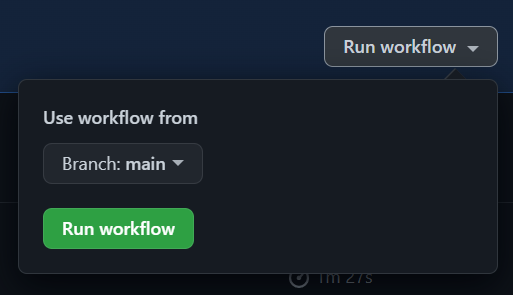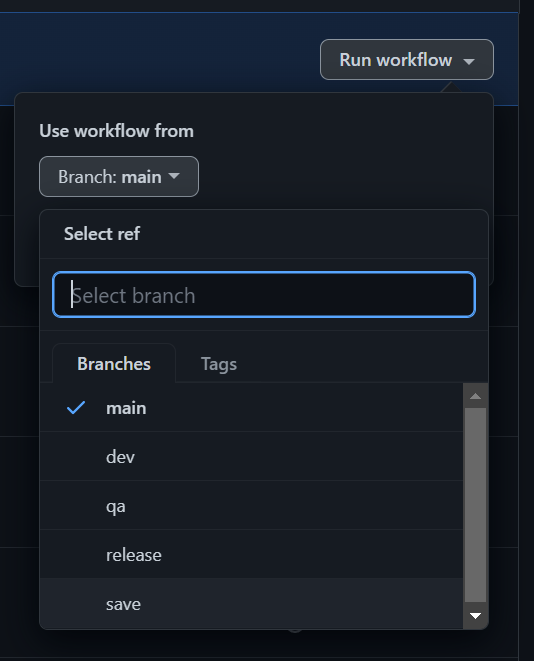Github Action Workflow Triggers
Whenever we started with Playwright, they give us a nice starter workflow with the following triggers.
on:
push:
branches: [ main, master ]
pull_request:
branches: [ main, master ]on being the start of what triggers our workflow. on either a push or a pull_request to a main or master branch. There are of course other procedures we can use instead of on a push or pull request. In most cases, on a pull or push request may be enough, but its important to note a couple of others that have their own uses.
Running on a schedule
Github actions allows you to run your workflow on a schedule using CRON based syntax.
on:
schedule:
# * is a special character in YAML so you have to quote this string
- cron: '30 5,17 * * *'For the above example. the workflow would dispatch every day at 5:30am and 5:30pm UTC.
For me, every time I look at CRON jobs i instantly forget what I'm looking at. To assist with this you can check out the below graph, and I also use this handy dandy website called crontab. Which can help you put together something that suites you and the team.
┌───────────── minute (0 - 59)
│ ┌───────────── hour (0 - 23)
│ │ ┌───────────── day of the month (1 - 31)
│ │ │ ┌───────────── month (1 - 12 or JAN-DEC)
│ │ │ │ ┌───────────── day of the week (0 - 6 or SUN-SAT)
│ │ │ │ │
│ │ │ │ │
│ │ │ │ │
* * * * *Benefits of running on a schedule
Consistency: Automated tests scheduled on a cron job will run at the specified intervals without fail, ensuring consistent and regular testing of the application.
Time-saving: By scheduling automated tests on a cron job, the testers do not have to manually trigger the tests, saving time and increasing productivity.
Improved reliability: By automating tests on a cron job, the testing process becomes more reliable, consistent, and predictable, reducing the risk of human error and improving the overall quality of the software.
Manually dispatching a workflow
To be honest, I'm not a massive fan of having to manually run a pipeline. I feel it defeats the purpose of automation. Personally, I want to build my tests and pipeline to run consistently and reliably. That way if there is an issue, I know its not because of my tests, but instead there is a possible issue with the state of the application itself. However, there are some potential benefits. I also prefer to use this to supplement other workflow running methods.
Adding workflow dispatch.
Adding the workflow dispatch is as simple as adding the workflow_dispatch trigger to the yaml file.
on:
workflow_dispatch:
push:
branches: [ main, master ]
pull_request:
branches: [ main, master ]From here once we push out our code, we are able to access an additional command. From the actions menu in the left pane, there is the workflow of playwright tests. Clicking that will reveal the workflow dispatch.

On the far right there is of course the big ol green button that allows you to use the workflow.

Which brings us to the first benefit. The ability to run this workflow on any branch that contains this workflow.

If the branch does not contain the the same workflow a error message will prevent you from running it.
WARNING
Workflow does not exist or does not have a workflow_dispatch trigger in this branch.
Benefits of running with workflow dispatch
- Flexibility
- Debugging
- Human judgment
Disadvantages
I just wanted to restate this. I don't like having to manually run pipelines. I feel you can achieve the same benefits by having a good branching strategy, and reliable, stable tests.
 Documentation Biome
Documentation Biome